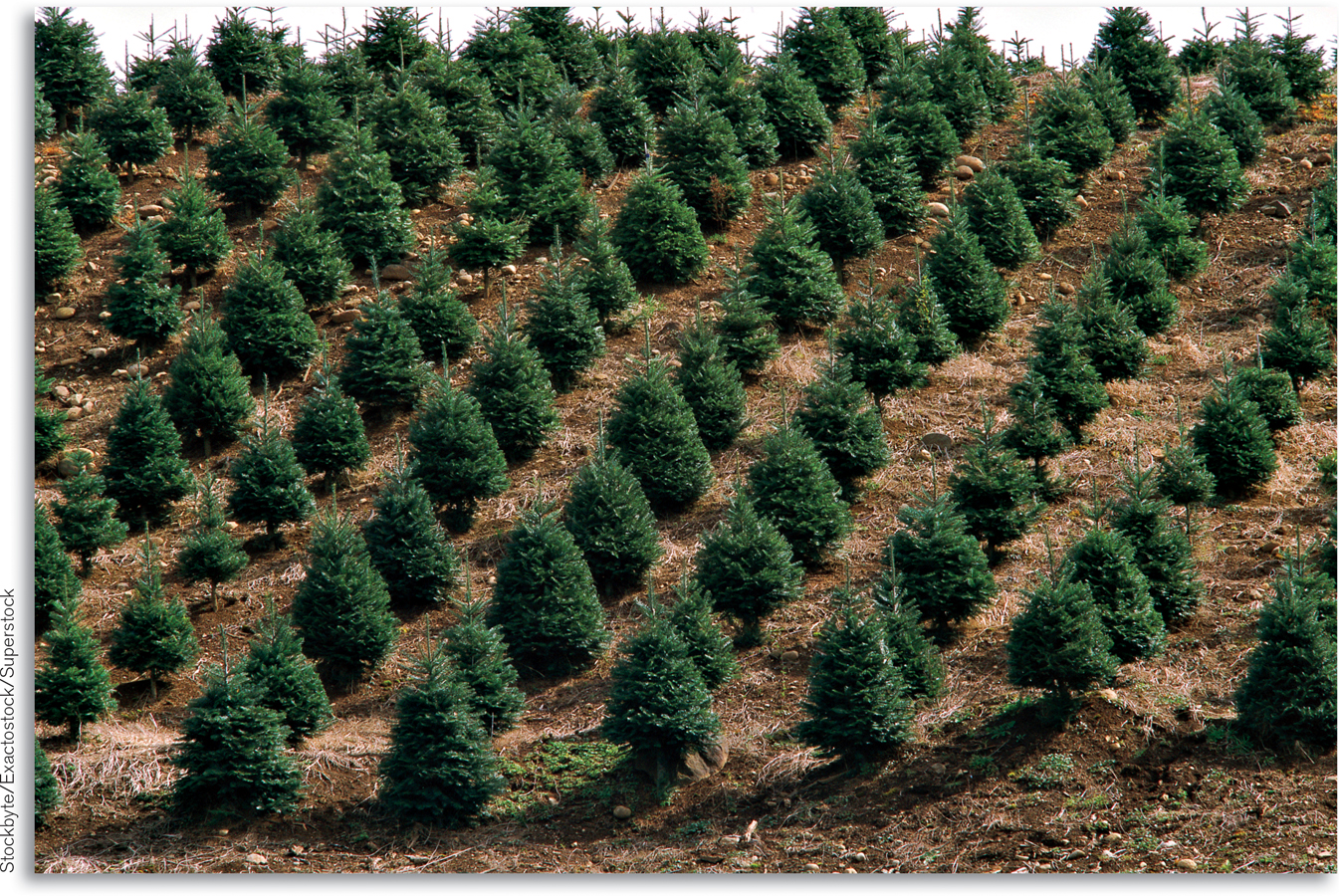Perfect Competition and the Supply Curve
9
 What You Will Learn in This Section
What You Will Learn in This Section
What a perfectly competitive market is and the characteristics of a perfectly competitive industry
How a price-
taking producer determines its profit- maximizing quantity of output How to assess whether or not a producer is profitable and why an unprofitable producer may continue to operate in the short run
Why industries behave differently in the short run and the long run
What determines the industry supply curve in both the short run and the long run
DECK THE HALLS

ONE SURE SIGN THAT it’s the holiday season is the sudden appearance of Christmas tree sellers, who set up shop in vacant lots, parking lots, and garden centers all across the country. Until the 1950s, virtually all Christmas trees were obtained by individuals going to local forests to cut down their own. However, by the 1950s increased demand from population growth and diminished supply from the loss of forests created a market opportunity. Seeing an ability to profit by growing and selling Christmas trees, farmers responded. So rather than venturing into the forest to cut your own tree, you now have a wide range of sizes and varieties of trees to choose from—
Note that the supply of Christmas trees is relatively price inelastic for two reasons: it takes time to acquire land for planting, and it takes time for the trees to grow. However, these limits apply only in the short run. Over time, farms that are already in operation can increase their capacity and new tree farmers can enter the business. And, over time, the trees will mature and be ready to harvest. So the increase in the quantity supplied in response to an increase in price will be much larger in the long run than in the short run.
Where does the supply curve come from? Why is there a difference between the short-
Our analysis in this chapter assumes that the industry in question is characterized by perfect competition. We begin by explaining the concept of perfect competition, providing a brief introduction to the conditions that give rise to a perfectly competitive industry. We then show how a producer under perfect competition decides how much to produce. Finally, we use the cost curves of the individual producers to derive the industry supply curve under perfect competition.
By analyzing the way a competitive industry evolves over time, we will come to understand the distinction between the short-